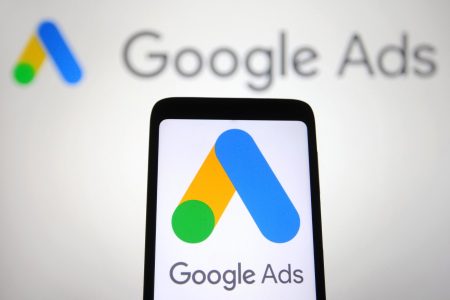As a marketing exec (and someone who works with dozens of other marketing execs to grow their brands), I am bone-tired of hearing about marketing in a recession.
I don’t mean to minimize the challenges we’ve all faced over the last year-plus; my team has seen them firsthand, and the fact is that consumer confidence remains low (possibly because everyone’s been hearing about recession fears for months). But I think it’s time to change the narrative and start planning for life when marketing budgets recover.
What’s telling me it’s time? A few things.
First, despite what you may have heard if you’re in the tech echo chamber, the world didn’t end when SVB went out of business; in fact, if you look at the last year of the New York Stock Exchange numbers, SVB looks like a pothole on the road to recovery from October 2022.
Second, unemployment remains extremely low: 3.5% as of March 2023.
Third, as I write this, the inflation rate in the U.S. is 4.98%, the lowest it’s been in nearly two years.
Fourth, and this is admittedly only important to marketers, one of the most powerful ad platforms out there (Facebook) is getting its mojo back at levels approaching the pre-iOS14 days, thanks in part to the success of its AI-driven Advantage+ audience targeting.
I am an admitted optimist, but I think combining those factors is reason enough to start planning for a rosier advertising picture. Let’s dive into exactly what that means.
Related: Why You Should Maintain (or Even Increase) Your Marketing Budget in a Recession
1. Optimize your immediate profit picture
The first thing you want to do (which I would tell you in any kind of economic climate) is to get the absolute most out of your current and about-to-be customers. In other words, maximize your average cLTV (customer lifetime value).
This might include upsells, retention strategies like membership clubs and exclusive discounts, upgraded and more frequent account check-ins, etc. Invest in learning what works to keep your customers happy and purchasing now, and you’ll build mental muscles and actual tools and processes to carry forward. (A huge bonus: you’ll get more revenue without much incremental marketing spend.)
2. Test to find new areas you’ll be able to leverage
The next biggest priority is to test: new strategies, new advertising channels and new functionality within existing advertising channels.
New channels can give you lower-cost growth if you’re struggling to improve CPA (cost per acquisition) on your current channels, presumably starting with Google and Facebook.
New features on existing channels, like the Advantage+ above on Facebook and Performance Max on Google (the jury’s still out on the latter), are extremely important to analyze now. Learning the strengths and limitations of features the major channels are doubling down on — especially those that leverage AI, which is getting more powerful by the day — is essential.
As for strategies, leaning into AI, in general, is one I would recommend now, and that recommendation won’t change if the economy takes a downward turn. From media mix modeling to creative production (video, copy, images, etc.) at scale, AI is already providing ways to bring low-cost sophistication and depth to marketing campaigns.
Related: The Future Founder’s Guide to Artificial Intelligence
3. Open the top of your funnel with creative
I still hear many marketers segment brand marketing from direct-response marketing. Still, I don’t make that distinction because you should always be marketing your brand, even in the most conversion-oriented ads. That said, this is a time to invest in storytelling — starting with tests that help you confirm or refine the messaging and creative resonating with your core audience’s needs and desires.
After all, there’s no better time to build creativity yourself and/or on a budget. Use AI tools like Jasper, Canva, Design.ai and even ChatGPT; test a range of micro-influencers to gauge the effectiveness of styles and messaging. (By the way, don’t be surprised to learn that kids on TikTok are more effective in today’s digital landscape than the highest-paid brand marketers could be.)
The other factor here is that good, on-brand creative can help bring new users into your purchase funnel even if they don’t buy right away. That may be an especially cost-effective ploy right now as advertisers remain hesitant to spend where they don’t see an immediate return. We’re seeing great ROI for brands willing to spend on lower-cost engagements like link clicks, which I recommend you test before competitors catch on.
Related: 6 Proven Business Marketing Strategies to Grow During a Recession
4. Don’t forget the fundamentals
Even if you focus on the above and start to see immediate returns, don’t stray too far from proven strategies. Cut inefficiencies where you see them, and don’t make big investments without knowing how you’ll define or measure success. If you’re suspicious of long-term hiring commitments, even in a landscape with lots of incredible talent looking for marketing work, explore the idea of freelance or contract work to get traction before investing in full-time positions.
Above all, keep an eye peeled for growth vehicles. Where efficiency gains have been the name of the marketing game for a few quarters now, I’m betting the ability to recognize opportunities to go on the offense is about to pay dividends.
Read the full article here










